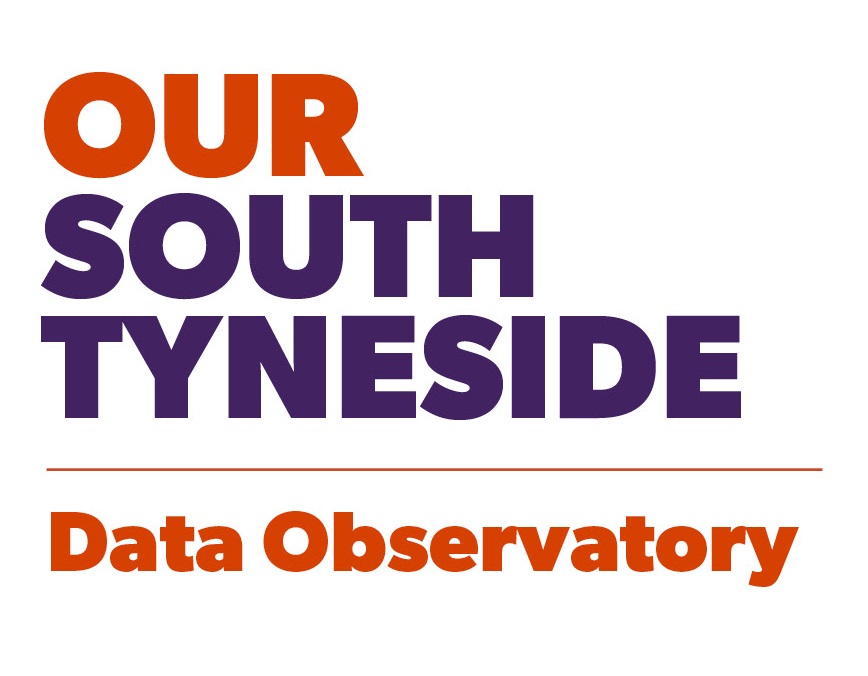Robyn Bullock – Public Health Practitioner
In this blog, I answer some key questions about the launch of South Tyneside’s Alcohol Strategy ‘’Calling the Shots’’. This blog should be read alongside the full strategy document which can be accessed here: Alcohol Harm Reduction Strategy – South Tyneside Council
Why is the launch of this strategy so important?
Alcohol is very harmful to our health. It’s classified as a Group 1 carcinogen,[1] which means it is as dangerous as asbestos, radiation, and tobacco. It can cause over 200 diseases and health issues, including liver and heart diseases, at least 7 types of cancer,[2] and mental health problems.[3]
The Chief Medical Officer advises that both men and women should not drink more than 14 units of alcohol per week to keep health risks low.[4] However, the World Health Organisation has stated that there is no safe amount of alcohol that doesn’t affect health.[5]
Alcohol-related harm in South Tyneside is worse than averages for the North East and England. Many of these issues have gotten worse since the Coronavirus pandemic, when many people started drinking more, for example:
-
- South Tyneside has the second highest rate of admission episodes for alcohol-related conditions (broad) in the North East and fifth highest in England. This trend has been getting significantly worse over the last 5 reporting periods. [6] The broad definition refers to hospital admissions where either the primary diagnosis (main reason for admission) or one of the secondary (contributory) diagnoses is an alcohol-related condition.
-
- For males, South Tyneside has the highest potential years of life lost due to alcohol-related conditions in the North East, and second highest in England.[9]
How much does alcohol cost society?
Alcohol costs South Tyneside £77.3 million, or £523 per person. This includes costs for crime (48%), health (23%), the economy (15%), and social services (14%).
To put this into context, NHS and healthcare costs in South Tyneside due to alcohol are thought to be £17.9 million. This includes:
-
- Hospital admissions: £9.3 million
- A&E visits: £3.1 million
- Outpatient visits: £2.3 million
- Ambulance call-outs: £2.3 million
- Healthcare appointments: £455,987
- Other healthcare costs: £478,052[10]
What does the strategy hope to achieve?
This strategy shows our commitment to reducing alcohol-related harm in South Tyneside. Our vision is to create an environment where people drink less alcohol throughout their lives.
The strategy focuses on six key areas:
-
- Preventing and early intervention of alcohol misuse
- Protecting children and young people, aiming for an alcohol-free childhood
- Reducing health inequalities
- Providing quality, safe, and effective treatment
- Tackling alcohol-related stigma
- Improving community safety
How has the strategy been developed?
This strategy was created through research and engagement, including input from the people of South Tyneside. An action plan will be developed to outline specific actions that we are going to take. For example, to protect children and young people, we are going to review drugs and alcohol education resources to make sure schools are providing the same messages about alcohol. When thinking about reducing alcohol-related stigma, we will work with our drug and alcohol treatment service to build the recovery community and share stories of individuals who have lived experience of alcohol harm.
How can people get involved?
The more people who are engaged in this work, the more likely it is to succeed – your support to raise awareness of this strategy would be much appreciated.
I would love to hear from anyone who is interested in learning more, or would like to get involved in the delivery of the strategy and action plan. You can contact me on Robyn.Bullock2@southtyneside.gov.uk
References
[1] No level of alcohol consumption is safe for our health
[2] https://www.who.int/news-room/fact-sheets/detail/alcohol
[4] UK Chief Medical Officers’ Low Risk Drinking Guidelines
[5] No level of alcohol consumption is safe for our health
[6] Alcohol Profile – Data | Fingertips | Department of Health and Social Care
[7] Alcohol Profile – Data | Fingertips | Department of Health and Social Care
[8] Alcohol Profile – Data | Fingertips | Department of Health and Social Care
[9] Alcohol Profile – Data | Fingertips | Department of Health and Social Care

